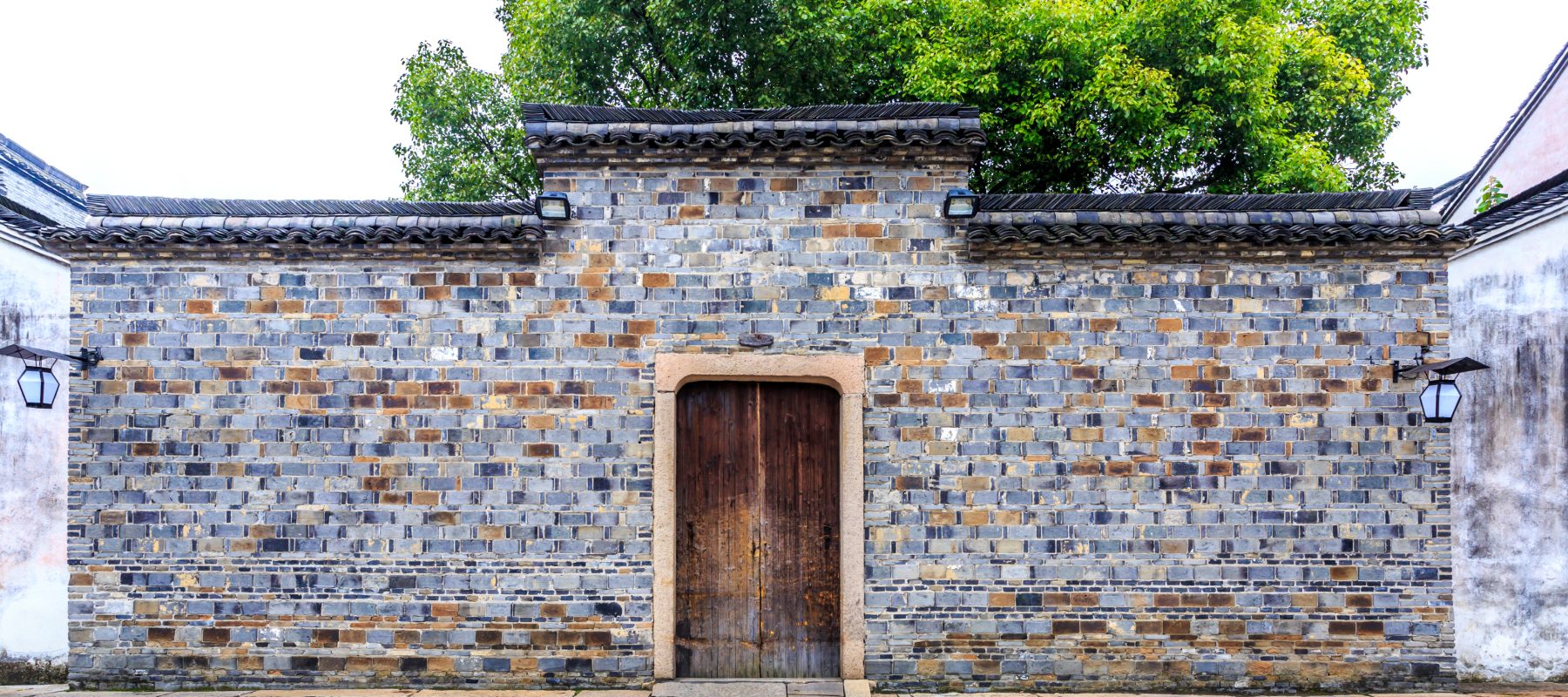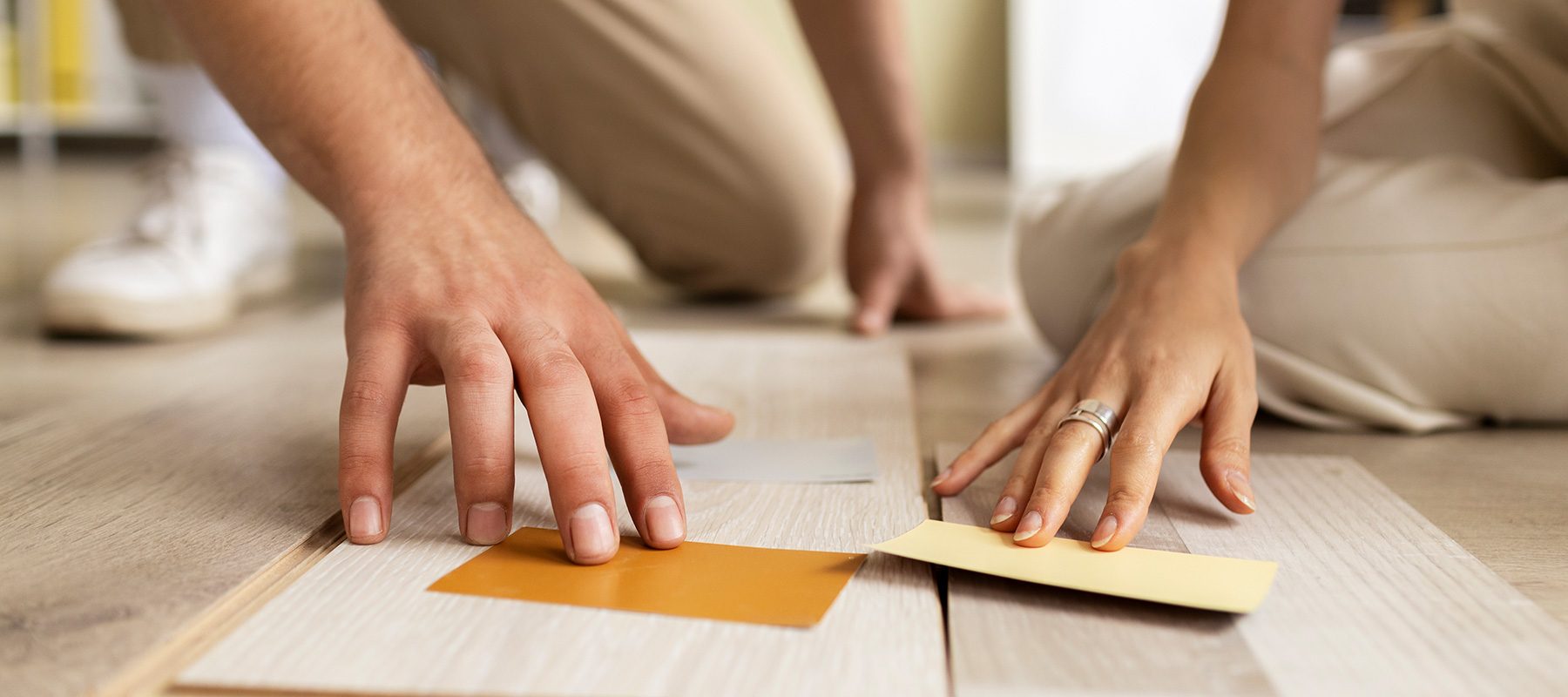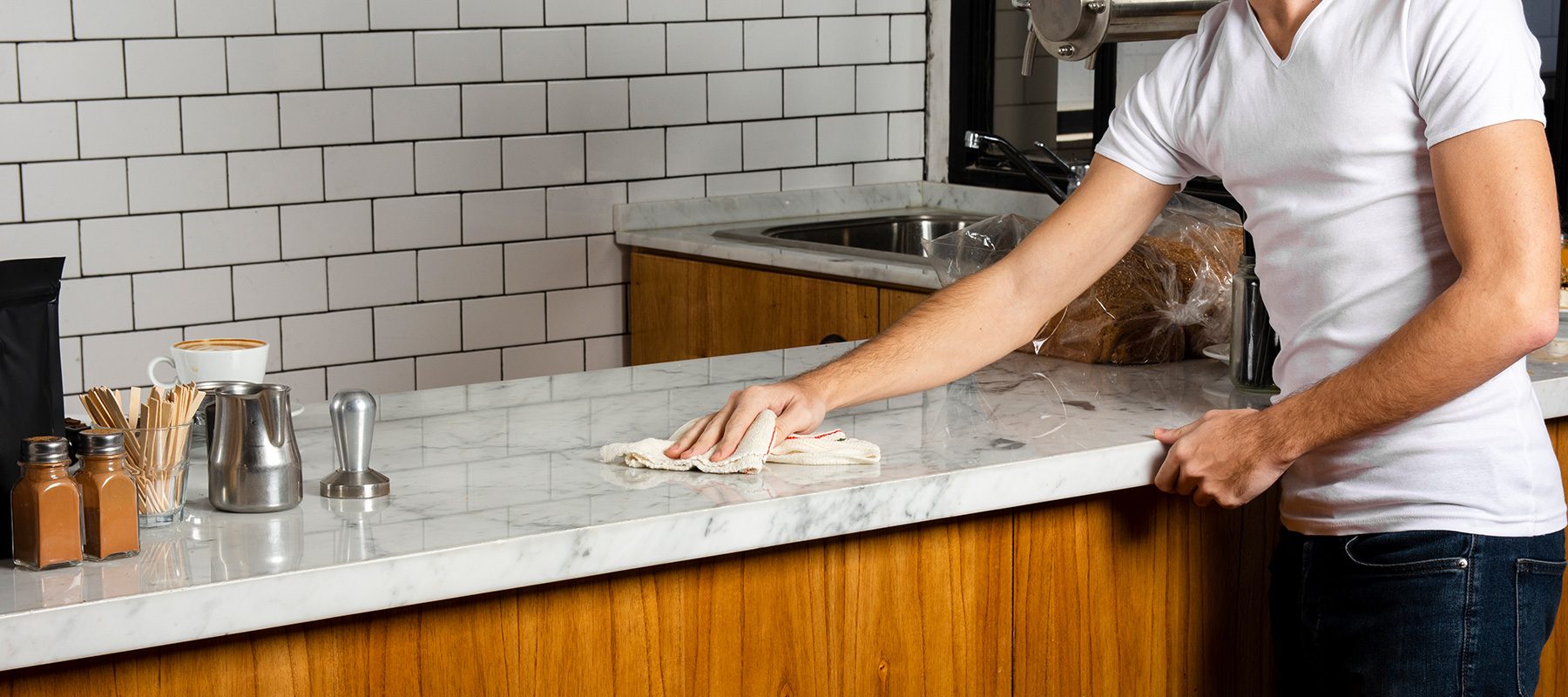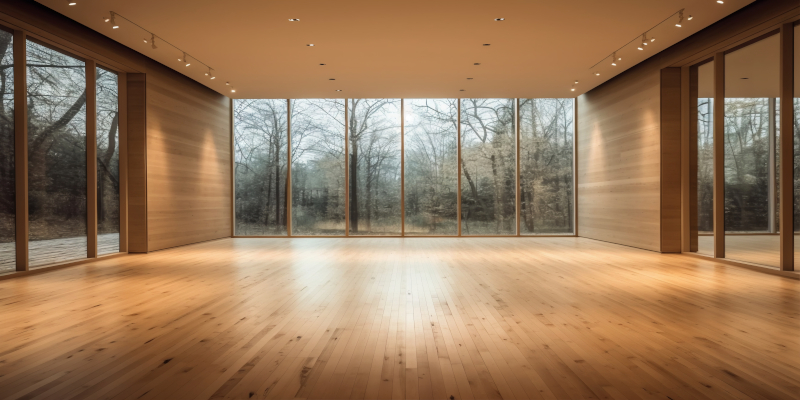Backyard retaining wall ideas serve a purpose in landscaping. They can also be attractive design elements that enhance outdoor spaces. A well-designed retaining wall can control erosion, create space, and beautify your yard.
Why Build a Retaining Wall? Retaining walls benefits serve several purposes, including –
- Defends property from flood damage. The primary function of a backyard retaining wall is to regulate the downward flow of water to aid in drainage. In addition, if your land slopes toward the building, a drainage system is needed to divert water away from it.
- Improves the visual attractiveness of a property’s exterior. Retaining walls can improve your outdoor space. They provide a place to display potted plants and decor and are a nice, useful way to divide the grass and concrete.
- Offers protection against erosion. Retaining walls, when combined with a good drainage system, can stop soil erosion. By doing so, they secure soil from shifting, preventing erosion and downhill movement.
- Expands available area in inclined gardens. Backyard retaining wall ideas can reduce steep slopes, allowing for gardening and planting trees and shrubs. Another option is to add steps on the wall. They would make the front entrances and outdoor areas more accessible.

Now that you have hands-on knowledge of the advantages, it’s time to dig deeper. This guide will walk you through the best backyard retaining wall ideas and also provide step-by-step instructions for easy installation.
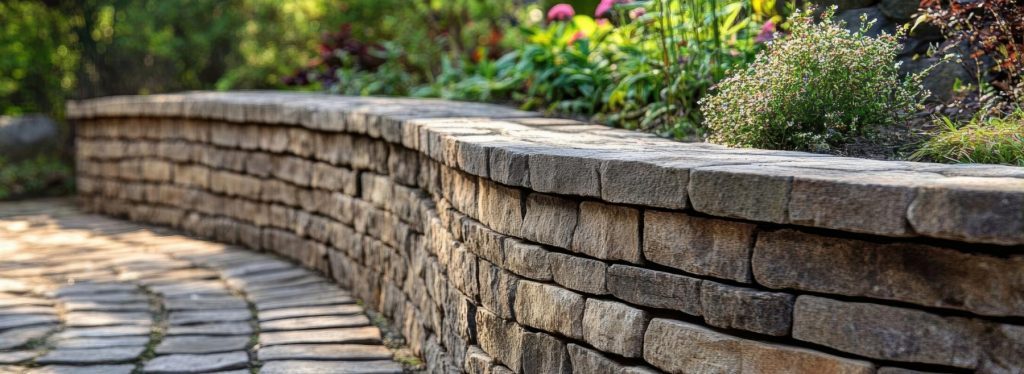
Types Of Retaining Wall
Backyard retaining wall ideas are crucial for supporting soil and preventing erosion. Moreover, they come in various types, each thoughtfully designed based on the shape and method of resisting pressure. To begin with, let’s explore different retaining wall types, starting with gravity walls and moving on to box culverts.
1. Gravity Retaining Wall
A gravity backyard retaining wall uses plain concrete walls or brick masonry sections. Unlike other retaining walls, its stability depends on its weight. It may be built up to a maximum height of 3m.
2. Cantilever Retaining Wall
The cantilever retaining wall is the most popular type of retaining wall. It is preferred over all other types. It has sub-parts such as stem, heel, and toe slab, which work as a cantilever beam. The cantilever retaining wall is stable. In particular, its weight and the earth and heel slab above it provide stability. Typically, this retaining wall is used for heights up to 6 meters. Thus, it is classified as a cantilever wall.
3. Counter-Fort Retaining Wall
The counterforts in the retaining wall act as tension members. They support the stem and reduce its bending moment. The counterforts also support the heel slab, which helps reduce the latter’s bending moment.
Counterforts are typically spaced about one-third the height of a retaining wall. Moreover, counterfort retaining walls are especially cost-effective for heights above 6 meters.
4. Buttress Wall
A buttress wall is the reverse of a counter-fort Backyard retaining wall idea. In a counter-fort wall, the buttresses are on the other side of the backfill. A comparison of the two types of walls found that a buttress wall is cheaper to build than a counter-fort wall.
The slab’s design effectively supports the toe slab and helps minimize its bending moments. Additionally, buttresses are used at certain intervals, typically about one-third of the wall’s height.
5. Bridge Abutment
A wall-type bridge abutment is essentially a cantilever-type retaining wall to some extent. In this design, the bridge deck slab supports the top of the retaining wall stem. Additionally, the stem can be considered fixed at the base and pinned at the top.
6. Box Culvert
Essentially, a box culvert is a closed-frame backyard retaining wall idea. It can be a single cell or many cells. In addition to lateral earth pressure, a box culvert must withstand vertical loads from the soil and vehicles above it.
Understanding the different types of backyard retaining wall ideas can help you select the right one for your project. Whether the gravity wall for smaller structures or the counter-fort wall for taller builds, each type offers unique benefits for various construction needs.

Key Design Considerations in Backyard Retaining Wall Ideas
Effective preparation is essential before constructing a retaining wall to guarantee its durability and strength. Important design factors, such as height, material, drainage, and soil type, greatly impact the structure’s effectiveness.
Before you start to plan backyard retaining wall ideas, it’s essential to plan properly. Here are a few considerations to keep in mind –
- Height. Calculate the necessary height for your retaining wall. For walls taller than four feet, you might require a permit or assistance from a professional.
- Material. Select a material that enhances the appearance of your house and surroundings. Natural stone provides a traditional appearance, whereas concrete blocks provide contemporary flexibility.
- Drainage. Water buildup behind the wall can lead to failure. Ensure you include proper drainage solutions, like weep holes or gravel backfill.
- Soil Type. Different soil types react differently to retaining walls. If your soil is clay-heavy, which retains moisture, you may need to consider additional drainage solutions.
Addressing these design considerations ensures that your backyard retaining wall ideas are functional and durable. Furthermore, by factoring in height, material choice, proper drainage, and soil type, you’ll prevent common issues and create a lasting, well-constructed wall for your landscape.
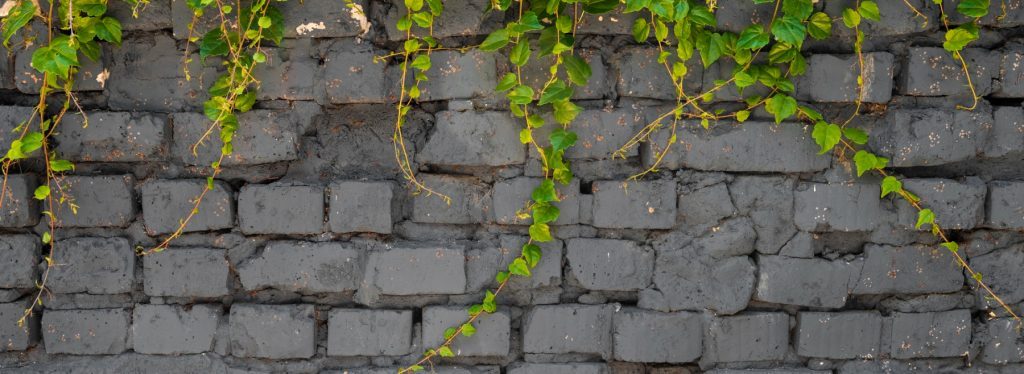
Step-by-Step Guide for Easy Installation
Now that you have a good understanding of backyard retaining wall ideas, let’s dive into the installation process.
1. Plan and Mark the Area
First, we must identify the exact region for the retaining wall. To do this, one can use stakes and a string line to draw the boundary of the given Marjory Stoneman Douglas High School. This approach will help you establish whether you want a straight or curved line in the direction of the build.
The required items are measuring tape, stakes, string lines, and spray paint (optional for marking curved walls).
Always leave space for the base of the wall. Such a wall usually needs a wider area than the wall’s height allows.
2. Excavate the Trench
After this, with the help of a marker, determines the length required for the trench for the Backyard retaining wall ideas. The trench’s depth must match the height of the wall being built. It should be 6-12 inches deep and 12-18 inches wide.
Equipment Required – Shovel, Wheelbarrow, Level
The base must be flat for proper trench construction. This step helps lay the foundations firm so that they cannot be shaken easily.
3. Add Gravel or Paver Base
Finally, pour a layer of gravel several inches deep on the bottom of the trench or paver base. This base will keep the wall in its original position despite ground movement.
Steps:
- Dividing parts of the gravel uniformly across the trench is necessary.
- Tamp with a hand tamper or use a plate compactor to press down the gravel further.
- Ensure the base is as flat as possible before one goes further.
4. Lay the First Row of Blocks or Stones
Lay the first course of blocks, stones, or any other material you prefer for your backyard retaining wall ideas. For best results, use these techniques. Interlock the blocks like bricks in a wall. Then, level the blocks to form a horizontal angle.
Tips:
- Use adhesive: When building a wall with stones or blocks, use construction adhesive while stacking.
- Check each block: Before proceeding with the next row, ensure all the blocks are as flat as possible.
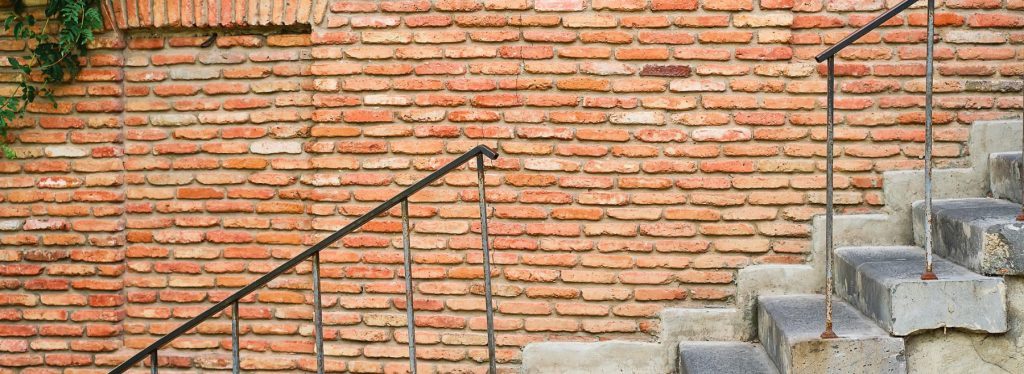
Place the first row of blocks, stones, or other materials you’ve chosen for your retaining wall. For best results, stagger the blocks as you would in a brick wall, and use a level to ensure they are perfectly horizontal.
Tips:
- Use adhesive: If building a wall with stones or blocks, apply construction adhesive between layers for added stability.
- Check each block: Make sure each block is level before moving to the next row.
5. Build the Wall in Layers
Once the first layer is secure and level, you can build the wall layer by layer. Remember to stagger the joints between blocks for added stability.
Tips:
- Step back: If you’re building a tall wall, step back the blocks slightly as you build up. This will add strength to the structure.
- Drainage: Add a drainage pipe behind the wall and cover it with gravel to ensure proper water flow.
6. Backfill with Gravel and Soil
As you add each layer, backfill behind the wall with gravel. Furthermore, This step will improve drainage and prevent water pressure from building behind the wall. Once you’ve completed the backyard retaining wall ideas, finish backfilling the rest with soil.
7. Cap the Wall (Optional)
There is always the ability to place capstones at the top of the retaining wall to give it a more polished look. These not only make it more attractive but also give more support.
Steps:
- Place the capstones as they should be placed.
- In this case, it is advisable to use construction adhesive to fix them.
- Ensure they are flat and parallel to each other to give a professional touch.
8. Finish the Landscaping
Once the backyard retaining wall idea is constructed, another coating can be applied to enhance the beauty of the compound by planting shrubs, flowers, or other growing things to minimize the wall’s visibility. The lawn can also be mowed irregularly and indigenous grasses or plants and varieties planted that do not require frequent watering.
Wrapping Up
A Backyard retaining wall idea is a great home project. You can do it yourself. It will improve your yard’s look and usefulness. This step-by-step guide works best when one has planned and gathered the right materials. They may range from gravity walls to natural stone.
Also, this is a key focal point in your landscape. Following these guidelines will minimize installation glitches.
For more home improvements and news, stay tuned to Home Online Solutions.
Exciting guest posting opportunities are available on our website! For details, contact us at affiliates@prasarnet.com.

I’m Emma Kennedy, a home solutions expert with a passion for simplifying the art of living well. With a background in design and a knack for creative problem-solving, I focus on offering practical advice that helps homeowners turn their spaces into true reflections of themselves.

